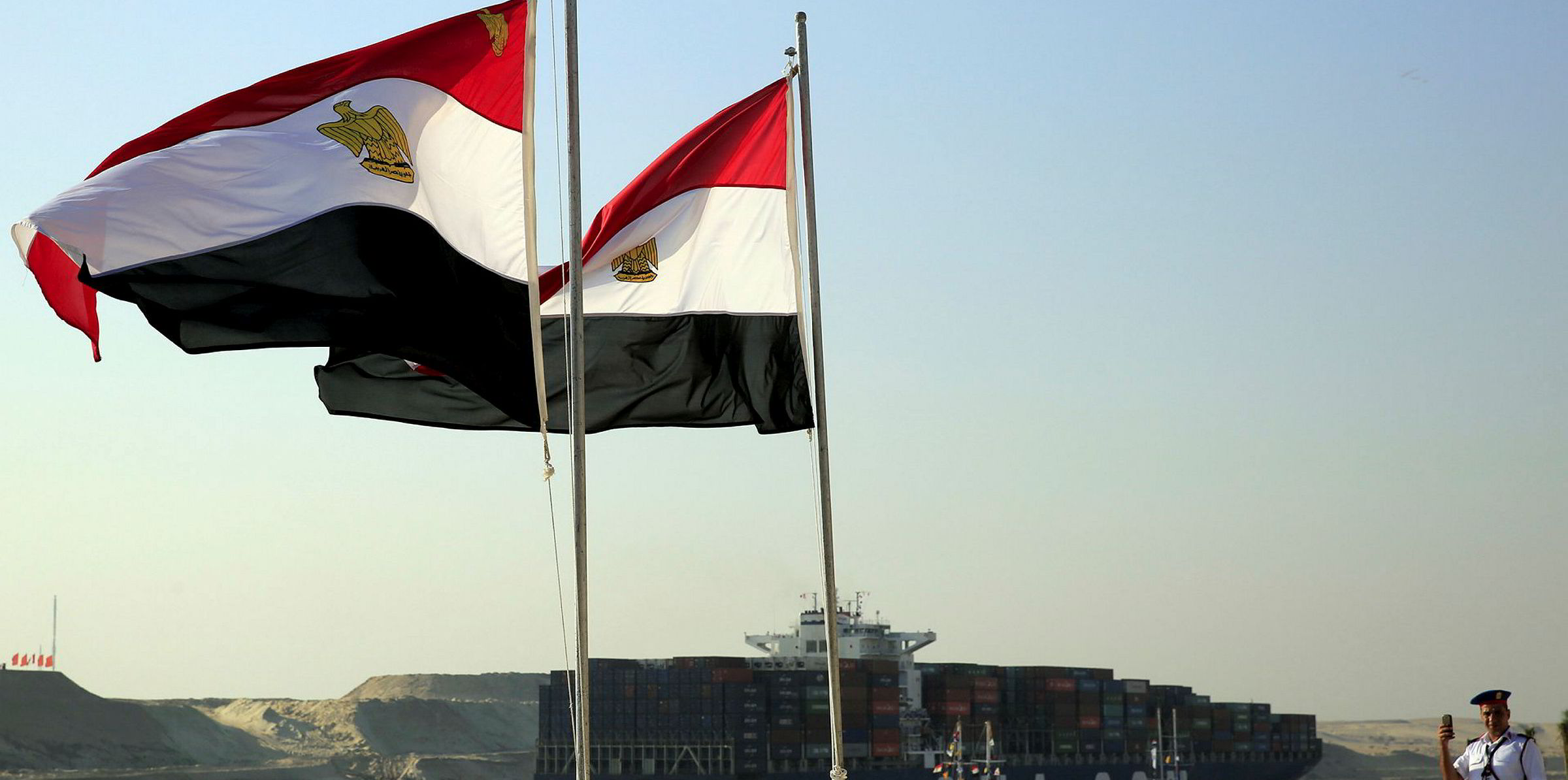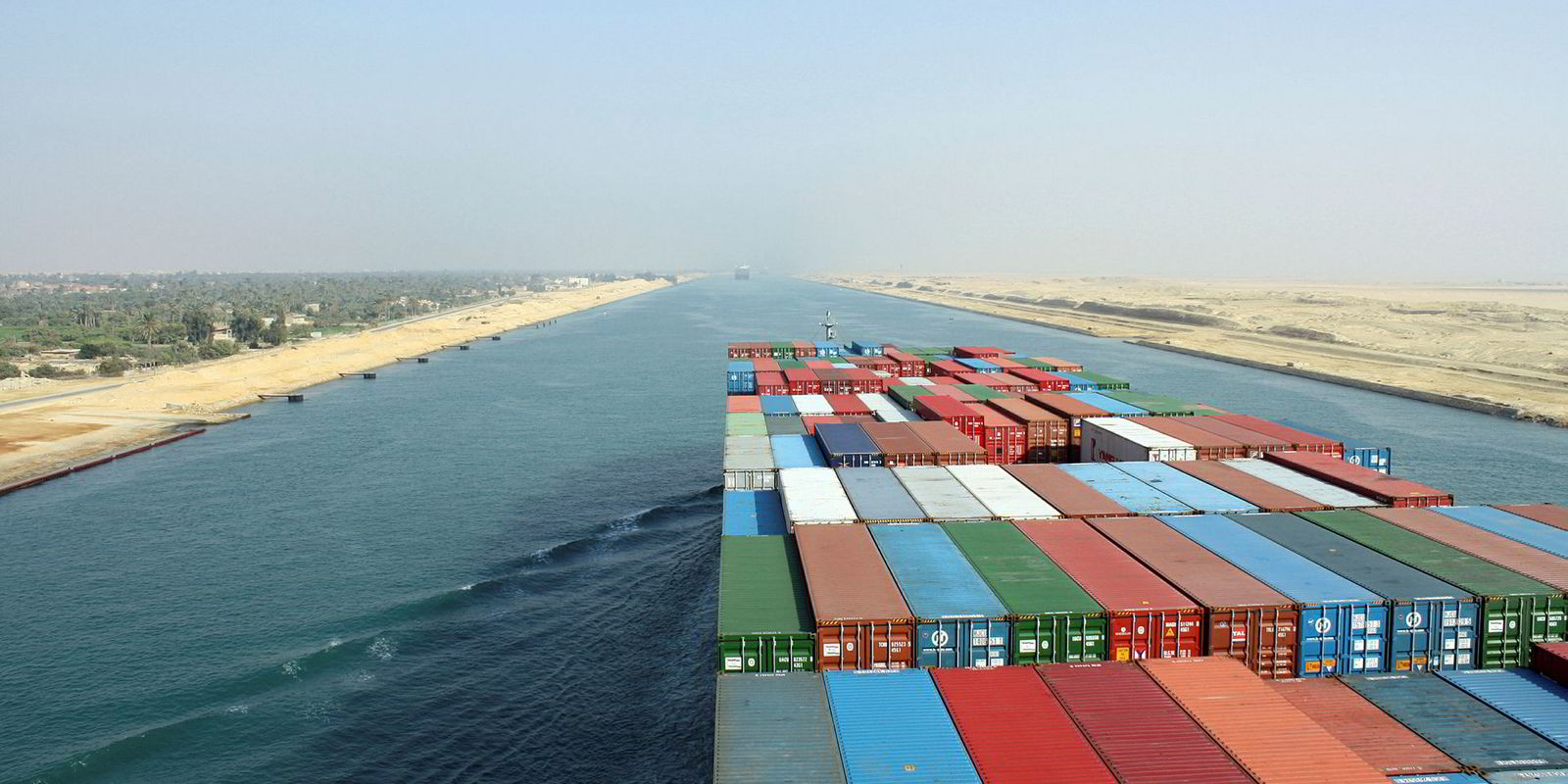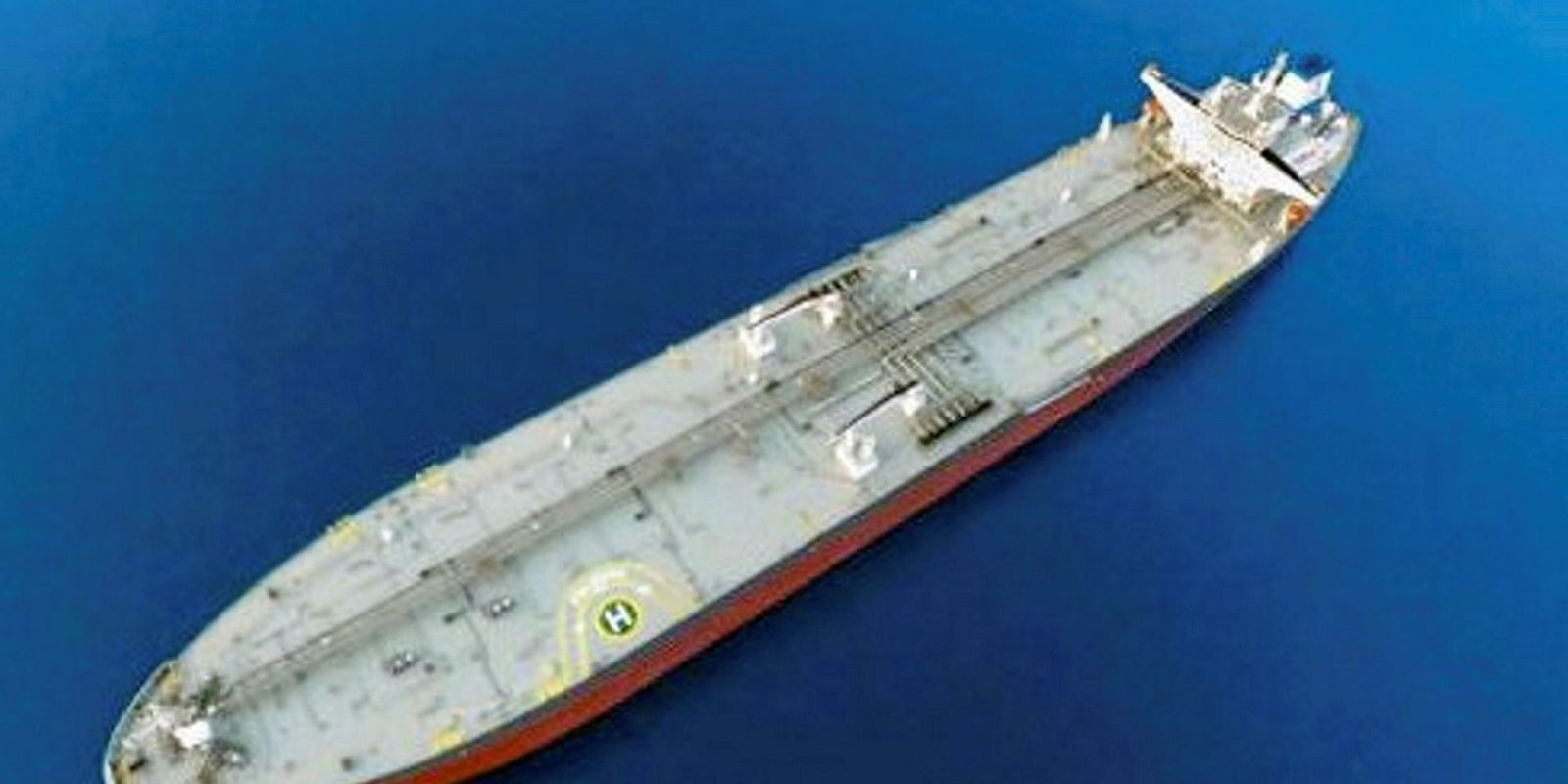Insurers are bracing themselves for hefty bills that could run into the tens of millions of dollars for a four-ship collision last week in the Suez Canal that resulted in the waterway being temporarily closed.
Fees for emergency tug and salvage services provided by the Suez Canal Authority are notoriously high, with charges often running in to millions of dollars.
But shipowners and insurers are left with no choice but to accept the fees because there are no alternative tug services available in the region. However, in the past, the high costs have generally been shared through general average declaration.
Vessel grounded
Considerable towage was required last week following a series of collisions, which began when the Hyundai Merchant Marine-operated, 5,100-teu containership Aeneas (built 2010) suffered mechanical problems and grounded in the southern section of the canal.
Three bulkers following closely behind in convoy — the Cyprus Sea Lines’ 74,200-dwt Panamax Alexander (built 2001), Wisdom Marine Lines' 81,700-dwt Sakizaya Kalon (built 2017) and AM Nomikos’ Osios David (built 2012) — could not stop in time and collided with each other.
All three vessels required towage following the incident.
But while the Panamax Alexander was under tow to anchorage it hit the north-bound, NYK-managed, 9,040-teu containership NYK Orpheus (built 2008).
Hull underwriters are likely to be left to pick up the bill for both the damage to the vessels and the assistance rendered to the ships, but seek to claim salvage costs by declaring general average.
While cargo interests could seek to recover salvage costs from the protection and indemnity clubs, which are also likely to have to settle a considerable claim for damage to the canal and costs resulting from its temporary closure. The closure lasted several hours and delayed dozens of ships.
The Aeneas and Osios David have P&I cover with Gard, the NYK Orpheus is with the UK P&I Club, the Panamax Alexander is with Britannia P&I, and the Sakazaya Kalon is with the Swedish Club.
The incident is also likely to reignite a series of long-running gripes the insurance industry has with the way the Suez Canal is operated.
These will likely include high salvage costs, the operation of the Suez vessel traffic control system and communication between pilots and the bridge.





